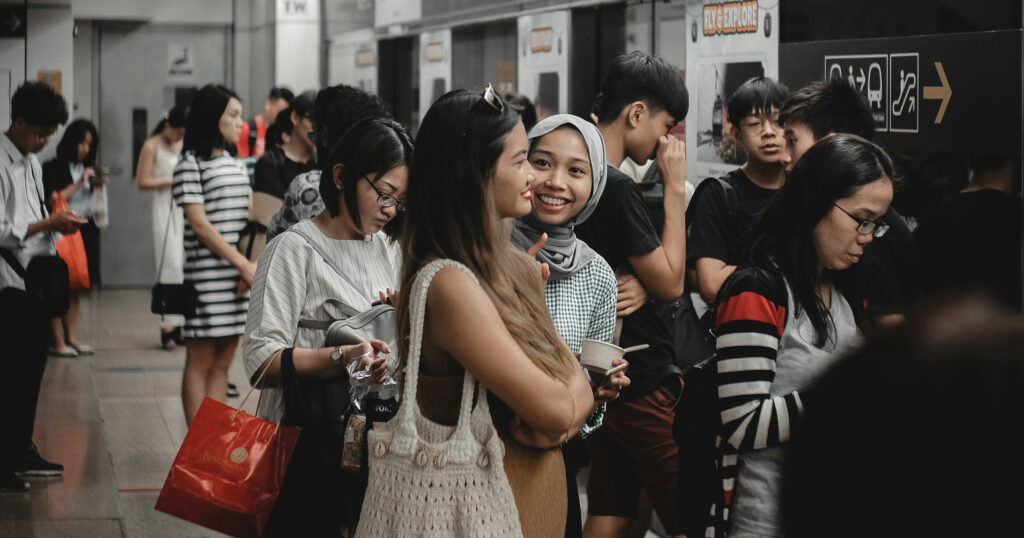I’ve been using ride-sharing services, such as GrabCar, for several months now. I’ve never once sat in the front of the car, or rather there has never been a need to, until 2 weeks ago. Before I even got to the car door, the driver already had the front passenger door open for me. This happened again last Friday. And again this morning. The reason? Safety.
“This way I can say that you’re my cousin or friend,” he laughed.
But I knew it was more serious than just a passing joke. His fears and concerns are valid.
Just earlier this month, taxi drivers took matters into their own hands by arresting ride sharing drivers around KLCC. Since the increasing number of harassments on drivers who work with ride-sharing apps, riders have been placed in a tense and rather awkward position. I, as a rider, would very much like to continue using ride-sharing apps, but on the other hand, I’d also have some concerns about my safety—and not to mention, my driver’s.
 That’s why ride sharing apps, such as GrabCar, place importance in ensuring there are certain safety features that can help mitigate unwanted safety risks from occuring. One example is by allowing riders to be a responsible commuter by informing loved ones of their whereabouts while using a ride-sharing service. With the sharing feature, their journey can be tracked in real-time and their location can be easily accessed.
That’s why ride sharing apps, such as GrabCar, place importance in ensuring there are certain safety features that can help mitigate unwanted safety risks from occuring. One example is by allowing riders to be a responsible commuter by informing loved ones of their whereabouts while using a ride-sharing service. With the sharing feature, their journey can be tracked in real-time and their location can be easily accessed.
It also helps to have the option of going cashless. Riders won’t have to worry about not having enough cash in their wallet, nor do they need to have a watchful eye out for any taxi drivers who might be observing the exchange of cash to use it as an excuse to do some damage.
Mid last month, there was another incident whereby Mate Valtr and his girlfriend were ambushed by four taxi drivers as they boarded an Uber car. Before they were able to lock the doors, the cabbies managed to open the door, snatch the driver’s car keys and threatened to damage the car. The taxi drivers only backed down when the police arrived.
Also Read: This Is What Malaysia Airlines’ New Business Class Seats Will Look Like In April 2016
GrabCar has since also taken the step of equipping their drivers with quick and easy access to PDRM (Polis Di-Raja Malaysia), so if any unwanted incidents were to happen whilst travelling, the driver is able to connect the rider with the authorities immediately. Other than that, GrabCar rides are pre-covered with insurance so by stepping into a driver’s car, you and your driver are already protected.
Since travelling with a complete stranger may still cause discomfort amongst some Malaysians, ride-sharing apps make sure they do their part by carrying out comprehensive background checks on potential drivers before allowing them to ferry passengers.
Are these measures enough to keep us from falling into any harm? It’s probably not 100% fool-proof, but it’s enough to make me feel that certain steps have been taken to minimise those risks and that, to me, makes all the difference when getting from point A to B.
In their pursuit to ensure their riders’ safety, GrabCar is offering a chance to be one of the 500 winners of a free GrabCar ride. Take a GrabCar ride and share your safe journey on social media with the hastag #GrabCarSoSafe to be in the running. Find out more information about this here.
This article is produced in collaboration with GrabCar.
Also Read: I Tested My 8-Year Relationship With This Bomb Defusing Game, This Is What Happened














